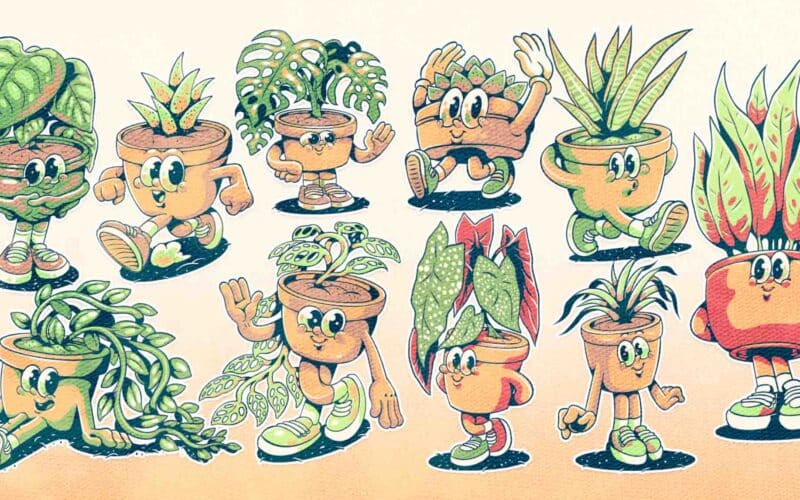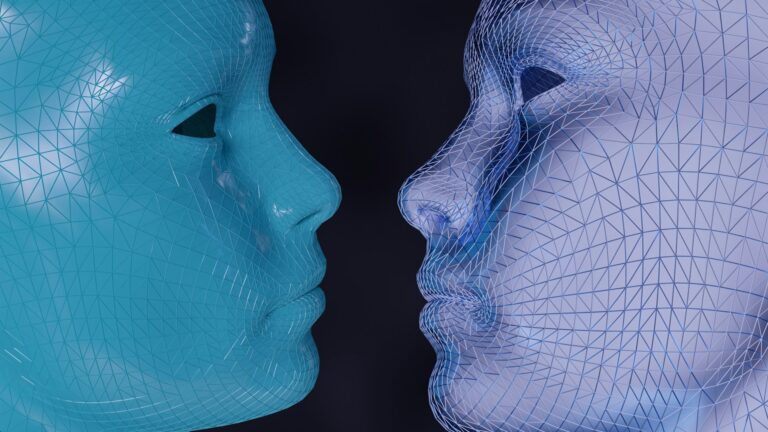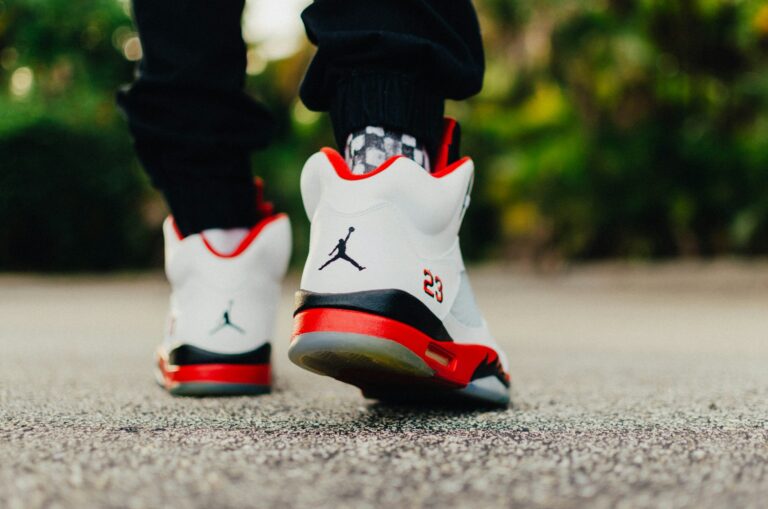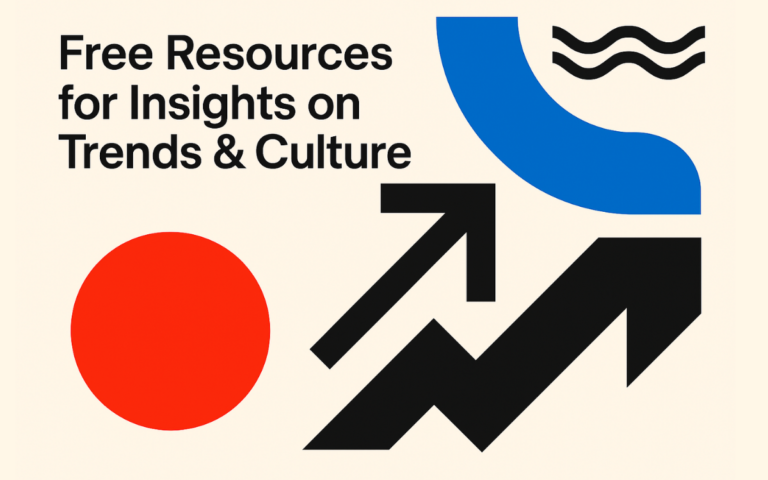Mascots in modern branding offer unique storytelling and engagement opportunities, bringing brands to life with personality and emotion. They act as bridges between companies and consumers, transforming marketing into engaging, character-driven narratives.
Mascots excel in creating personal bonds with audiences, making brand stories more engaging and memorable. They represent a brand’s core values and missions, not just its products or services. This makes mascots crucial for compelling brand storytelling. In this article, we explore how mascots can change the way brands communicate, helping to build stronger relationships with customers and leading the shift towards marketing that focuses on narratives.
Proven Systems for Business Owners, Marketers, and Agencies
→ Our mini-course helps you audit and refine an existing brand in 15 days, just 15 minutes a day.
→ The Ultimate Brand Building System is your step-by-step blueprint to building and scaling powerful brands from scratch.
Table of Contents
What is a Brand Mascot?
A brand mascot is a character that reinforces and develops a brand’s narrative. This character, whether a person, animal, or object, is a living embodiment of the brand’s story. Iconic mascots like Ronald McDonald, Duo the Owl, and the Michelin Man illustrate how mascots infuse brands with warmth and personality, making them relatable and memorable.

Traditionally seen as brand ambassadors, mascots’ roles are evolving. No longer just for industries targeting children or families, mascots are proving valuable for brands across sectors, adding depth to their narratives. A powerful mascot should integrate into the brand’s visual identity, actively engage with customers, and have a well-developed character and backstory, aligning with and differentiating from the brand.
In the era of AI, creating visually appealing images for branding has become effortless, yet these images often lack narrative depth, existing without a past or future. This ease of production elevates the importance of differentiating a brand at the story level. Embracing character-driven narratives, particularly through well-crafted mascots, becomes a strategic solution. Mascots offer more than visual appeal; they provide a narrative depth, weaving a brand story that resonates and stands out in a market flooded with superficial imagery.
Integrating Mascots into Your Visual Identity

Mascots can do more than feature as logos in a brand’s visual identity. They provide consistent visual assets and opportunities for dynamic social media engagement, serving as storytelling vehicles that add depth to a brand’s world.
Consider Pringles’ 2021 rebrand as an example. In this rebrand, the Mr. P character was simplified, given a range of facial expressions tailored for a versatile usage system. This redesign, highlighted by an accentuated beard and expressive eyebrows, allowed Mr. P to better convey emotions, such as a tortured face for spicy flavors. This not only enhanced his role in the brand narrative but also strengthened customer connections, especially when introducing new products. This evolution from a logo component to a dynamic storytelling element demonstrates the profound impact a well-integrated mascot can have.
A well-integrated mascot should be a dynamic part of a brand’s visual identity, acting as a system of expressions rather than a mere icon. This approach elevates the mascot from a static symbol to a versatile narrative tool, enriching the brand’s storytelling and enhancing engagement with its audience.
One example of a well-integrated mascot that embodies this concept is Edward Tudor’s mascot for EdTutor. It goes beyond being a simple icon and becomes a dynamic part of the brand’s visual identity, functioning as a system of expressions.
Mascot Interactions and Customer Relationships
Mascots create personal and continuous connections, similar to celebrity endorsements. With the rise of AI chatbots, mascots like Tangerine Telecom’s Peely and Geico’s Gecko have transformed customer service, adding a friendly, approachable dimension to brand interactions. These mascots engage customers beyond visual representations, making interactions more relatable and memorable.
Beyond customer service, mascots are invaluable for social media engagement. They can personify a brand’s voice on platforms like Twitter, Instagram, or Facebook, responding to customer inquiries, engaging in trending topics, or simply sharing content that reflects the brand’s personality. This social media presence helps build a community around the brand, with the mascot often at the center of interactions, fostering a sense of belonging and loyalty among customers.
Crafting a Fully Realized Mascot Character
A mascot’s true value lies in its comprehensive use as a character with its own backstory. This character should align with the brand yet have its own distinct personality. The mascot’s ability to take on a life of its own, even running rogue at times, adds depth, creates intrigue, and fosters a more dynamic brand persona.
Duolingo’s mascot, Duo the Owl, serves as a compelling case study. While Duo is an integral part of Duolingo’s brand identity, the mascot also plays out a menacing facet on social media, which has become a sensation particularly among Gen Z audiences. This aspect of Duo’s character is distinct from Duolingo’s brand identity, but has been key to the mascot’s appeal and success, especially on platforms like TikTok. The looming, relentless character of Duo, reminding users to complete their language lessons, has become an iconic part of the brand’s image. Yet, it remains distinct and separate from the more straightforward educational aspect of Duolingo itself.

Embracing Mascots in the AI Era
As artificial intelligence becomes a staple in branding, the strategic embrace of mascots is crucial. Mascots should be more than mere visual elements; they must evolve into vibrant storytelling vehicles and integral parts of brand world-building. In a landscape where creating attractive visuals is simple, the distinction for brands lies in narrative depth, a quality well-developed mascots uniquely provide.
Mascots enable brands to connect humanly with their audience, transcending their role as icons to become relatable characters with their own stories. In a digital world, a brand’s lasting impact depends not just on technology but on the richness of its narrative and customer connections.
Cover image credit: Artwork by Febryan Graves








